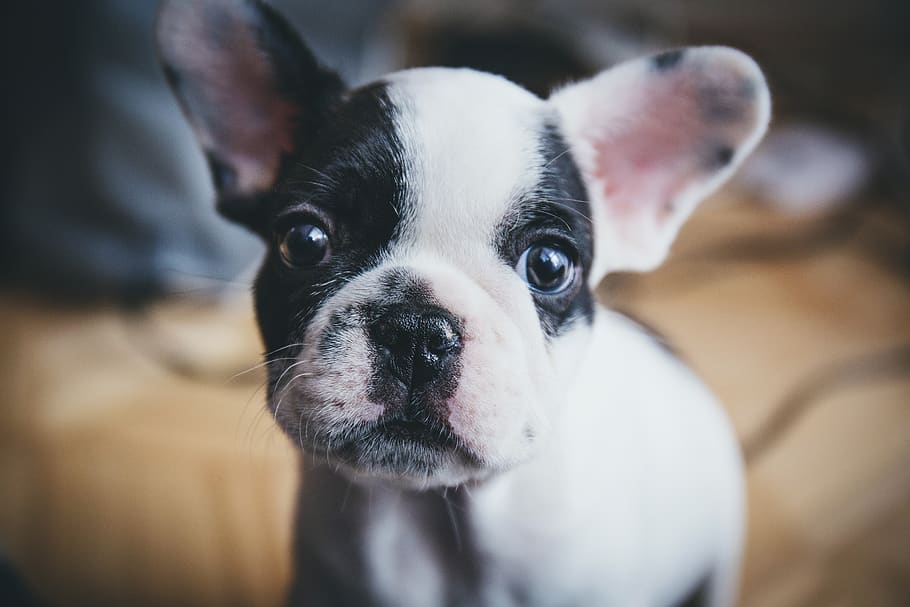
I love my animals. Two dogs and two cats.
One of the dog stays outside 90% of the time and has a designated bed when she comes in the house.
But the other dog pretty much has free reign to the house.
Likewise, one of my cats stays in the house all the time and one of my cats lives in the garage.
We have a unique situation in that my wife is allergic to dogs and cant touch them without immediately washing her hands.
And I’m allergic to the cat in the garage.
Granted there are Hypoallergenic house cats that don’t shed a whole lot including the
1. Siamese
2. Bengals
3. Bombay
4. Russian Blue
And believe me if I were better at looking for a cat as a pet, I would definitely have chose one of those.
But that is not how the cat in the garage came to live with us.
And that is definitely not the kind of cat we have in the garage.
The cat in the garage is named Merida and Merida sheds more than any animal I’ve ever seen.
You cannot pet that cat without getting hair all over your hands and your clothes.
Needless to say, I’m in a constant sneezing and running nose dilemma whenever I’m in Merida’s domain.
And since I do tend to work in the garage quite often I’ve had to figure out a few things so that me and Merida can coexist.
Here’s a few things I can tell you first-hand:
| Some of the Best Ways to Remove Pet Hair from Air |
|---|
| 1. Grooming |
| 2. Restricted Living Space |
| 3. Cleaning |
| 4. Air Purifiers |
1. Grooming
This is the number one way I have found to keep the hair from getting all over the place. I bought a pet hair brush that removes a crazy amount of hair off of the cat at one time.
I open the garage door, step outside with the cat and go to town brushing her The cat loves it and she leaves a whole lot less hair around the garage when I do this regularly.
The dogs are a different story though.
Although the outside dog is a lab mix and doesn’t get too many baths,
The little dog in the house has to have regular haircuts and regular baths or he just becomes right out nappy.
That’s when the sneezing and itchy eye craziness gets out of control for my wife.
It is amazing how much better it is for her when the dog is groomed and bathed.
And It’s a lot better for him also, because everybody wants to pet and hold him a lot more when he’s clean.
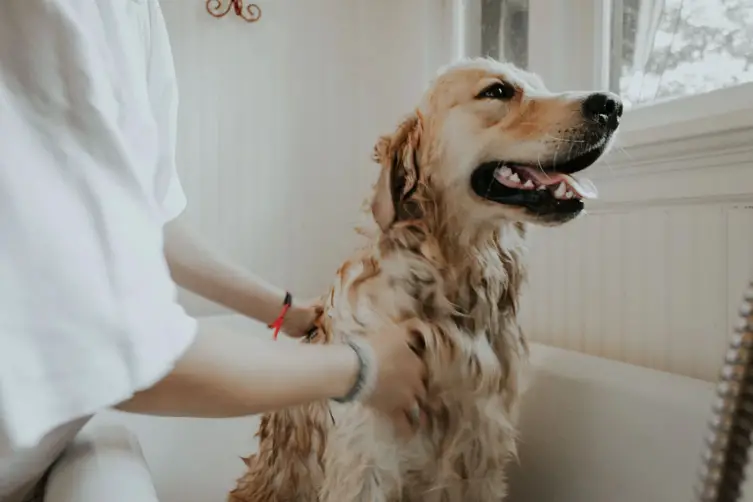
2. Restrict the living area of your pets
Keeping the dander down and out of the air is a lot easier when the animal has their own confined space.
There is no way we could live with Merida if she stayed in the house all the time.
That being said, we do let her come in the house and visit everyone,
but she primarily stays in the garage and its primarily because of the amount of cat hair that she leaves everywhere. (she does have some issues with using the litter box regularly but that’s a different article, you can read more about that here)
Keeping the allergens at Bay by keeping the cat outside is one plan that works for us and especially me.
3. Cleaning
Baby wipes for pet hair
This one works particularly well for my wife. Giving the dog a mini bath with baby wipes helps quite a lot towards keeping her from getting allergy crazy when the dog is around or she when pets the dog.
I’ve seen some wipes for cats on Amazon but I have not tried them.
Seems like a pretty good idea but I can imagine it’s kind of hard bathing the cat with them when the hair is falling off everywhere.
Hand Sanitizer for cat dander
We also keep a bottle of hand sanitizer around. It’s an easy go to when you don’t have access to a sink right away after you been touching the animals.
Vacuum for pet hair
Pet hair tends to accumulate and get all over the furniture and the Carpet and the hardwood Floors.
Everyone who has a cat has probably experienced vacuuming the floor and couch only to discover an insane amount of cat hair in the vacuum dump canister after they are done.
I got a Hoover Rewind from Walmart for vacuuming. Like I said before it’s crazy how much cat hair that thing picks up.
Keeping the floors and the furniture vacuumed is one of the best ways to keep the pet hair out of the air.
Keeping the house clean will keep pet allergies down quite a lot.
But one thing to remember about sweeping and vacuuming is that you are kicking the dust and dander back into the air when you do so.
4. Air Purifier for Cat Hair
That leads to the next solution to keeping pet hair out of the air.

An air purifier placed in the right spots we’ll keep the ambient air ,the air you breathe free from airborne allergens including dog and cat dander.
Using a air purifier equipped with a HEPA filter will capture particles as small as .3 microns.
What is the Micron size of pet dander?
The Micron size of pet dander is typically about 5 up to 10 microns.
Which is well in the range of the capacity of the HEPA filter.
Pet dander is actually the bacteria that makes it to the air via your pets shedded fur.
It’s the part of the fur that people are allergic to.
Though a HEPA air purifier can filter out particles as small as bacteria,
they are not meant for larger debris like animal fur.
The solution is to make sure that any air purifier you buy has a pre-filter to capture all the big junk before it gets into the HEPA filter.
A pre-filter is typically made out of plastic and is easily washable.
A lot of people still have the ideal that air purifiers are gimmicky or dangerous.
Today’s air purifiers are very sophisticated and capable of eliminating about every type of indoor air pollution there is.
Is it okay to leave an air purifier on all the time?
Yes and no.
Of course you can leave your air purifier on all the time but there is a few things you may want to take into consideration.
1. HEPA air purifiers can only cover a small amount of space. It is more practical to keep it on only when you are in that particular space.
For instance, an air purifier will help you sleep by keeping the air that you breathe clean while you are sleeping,
But if you’re not there to breathe the clean air, you’re only using energy and shortening the life of the air purifier and the replacement filter.
A better solution to running your air purifier all the time is buying an air purifier with built-in air quality sensoring.
As I stated before, many air purifier brands have become quite sophisticated.
Many Brands come equipped with indoor air quality sensors to monitor your air.
The sensors communicate with the air purifier so that it only runs as much or less as needed.
These are air purifiers are typically outfitted with the latest app so that you can control your air purifier and find out what the air quality is of your home right from your phone.
2. Some air cleaners use ionizers that can create low amounts of ozone. Ozone can build up over time. That is one of the particular reasons that the EPA discourages the use of ozone as a domestic air cleaner.
Is Ozone Dangerous for Pets?
Ozone is not meant to breathe in any kind of large quantity. That goes for human lungs and animal lungs.
Ozone should only be used as an air purifier for remediation use and when there is no one around till the ozone clears out.
My animals are a big part of my life as I’m sure yours are,. but sometimes getting along with them requires a little more help in the air quality Department.
Keeping your animals groomed and your house clean,
as well as running a good HEPA air purifier will help go a long way in keeping your air free of hair and your allergies from going haywire.
Peace.





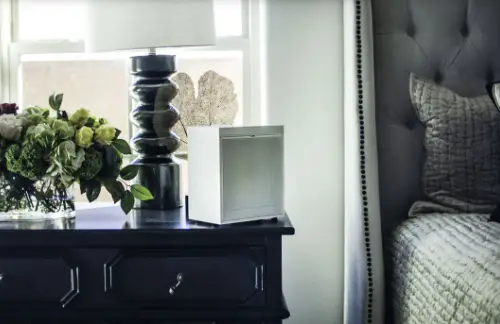
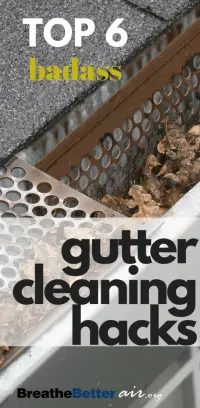


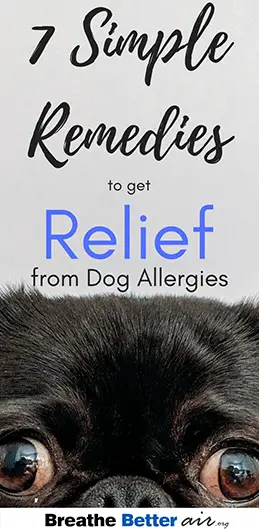
 3. Neti Pot
3. Neti Pot
